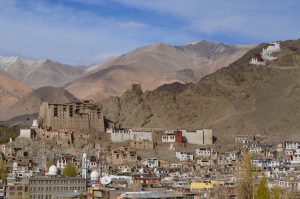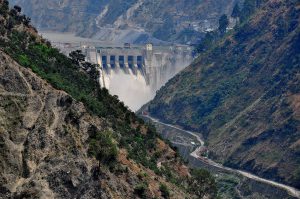Mingmar Bista is unhappy about the growth of his apples in Bagarchhap in Manang, the district in central Nepal which borders Tibet. After two decades of apple plantation in the district, Bista fears that the best days are past, and that apples may disappear from the area in the coming years.
Small, unripe apples already hang from the branches of his trees, and will be ready for sale in three months. Nevertheless, he is unhappy. Not only has production gone down, he has noticed that the apples have lost some of their reddish hue and he claims the taste is not what it used to be.

The distinct crunchiness of an apple is dependent on the night temperature going down while the fruit ripens. Increasingly, the nights are not cool enough.
Galmo Gurung, another apple farmer, this time from the village of Danaque in the same district, complains that his apples fall from the trees before they are fully mature. “I do not understand the problem. This happens despite my regular effort in caring for these apple trees.”

Lower Manang takes the hit
Babu Lal Tiwari, the Conservation and Field Officer at the Manang Annapurna Conservation Area Project, blames a combination of a change in rainfall patterns, decrease in snowfall and the gradual rise in temperature in the region. These changes have led to an impact on all vegetation.
“During my field work, I have found apple flowers blooming before normal dates and many locals complaining about the issue,” said Tiwari.
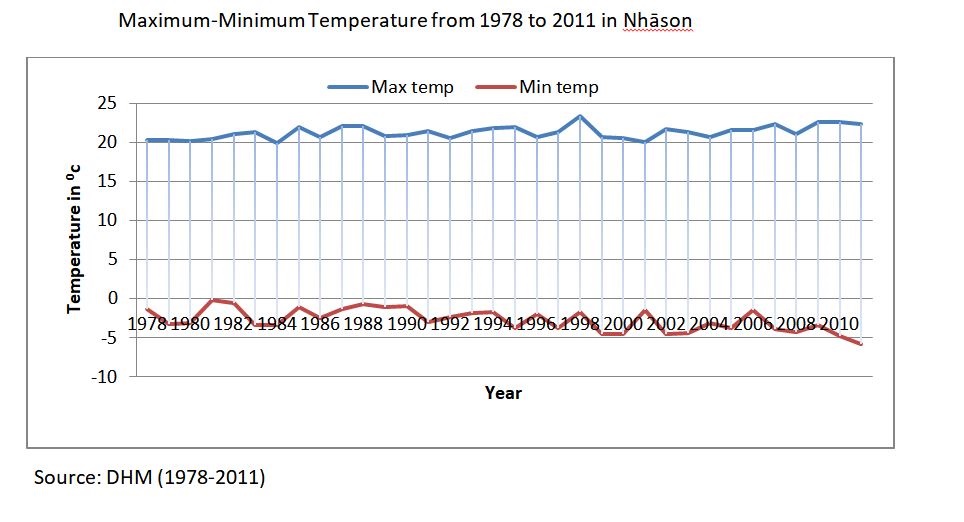
Data obtained from the Hydrological and Meteorological station at Chame, which is the monitoring station closest to Manang, shows that the maximum temperature has increased by approximately 2 degrees Celsius in Nhàson – the region just below Chame, which includes 16 villages – from 1976 to 2011. The minimum temperature, though, does not show a corresponding increase.
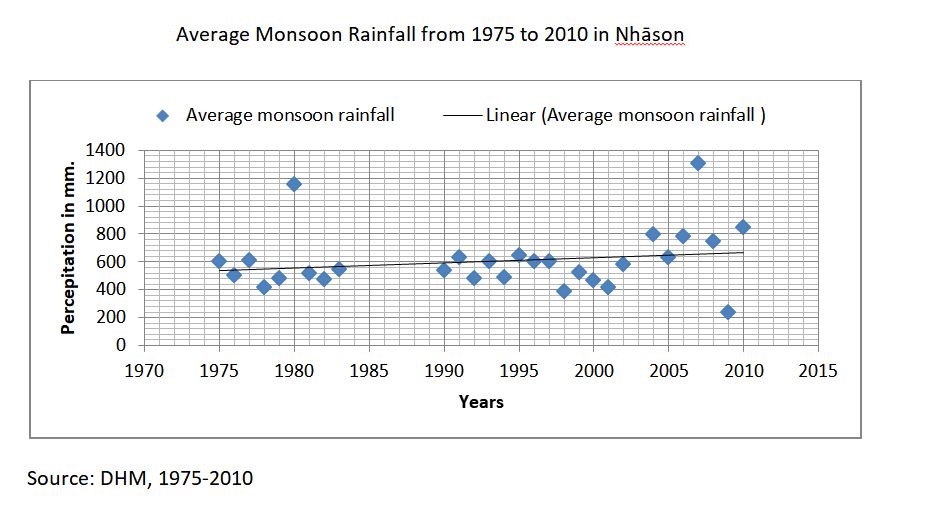
While rainfall has increased since 1976, it has not been a steady increase. A graph captures the stark differences in amount of precipitation between 2005 and 2010, but does not reflect the incidences of heavy yet short lived rainfall incidents in the region, which have impacted cultivation.
Upper Manang reaps benefits
With the shift in temperature, residents of Upper Manang have seen an increase in apple production. Yam Baral Ghaley from the village of Pisang, located 3,300 metres above sea level, has seen his production increase over the past decade. In one season, Ghaley collects over 400 kilograms of apples from a tree.
“The temperature along with the amount of snowfall and rain we received here is pleasant enough for apples to grow. The apples here are sweeter and redder than the ones found in lower Manang,” said Ghaley.
This change is an impact of climate change, says Jiban Poudel, Lecturer of Anthropology at Tribhuwan University (TU) of Nepal. He completed his doctoral thesis on the impacts of climate change on the livelihood and farming culture of Manang. During his research in Manang in 2013, the change was clear.
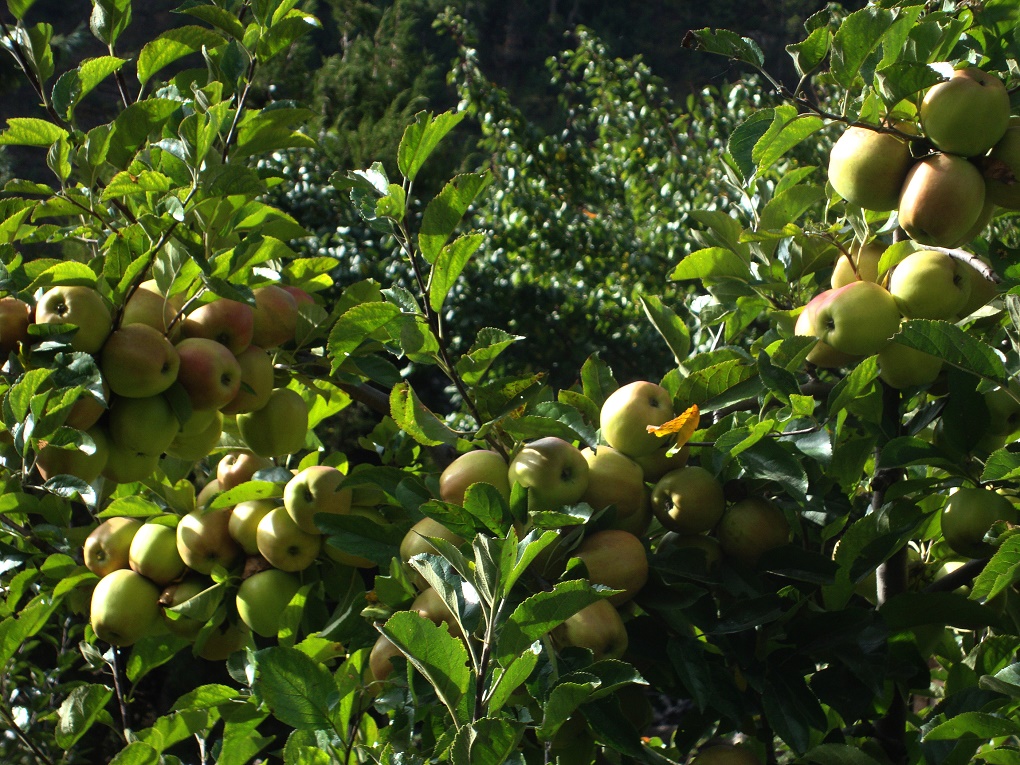
The rise in apple cultivation in Upper Manang is interesting, says Ram Milan Bishwakarma, the chief of the Manang District Agriculture Office. But he is dismayed that no thorough research has been conducted in the issue.
“Climate change could be one of the reasons. Management and caring of apple trees also plays a vital role for better production. I have found that many people are less interested in admitting the latter,” said Bishwakarma.
The situation in Manang reflects that of another famous apple growing region in the Himalayas – Himachal Pradesh in India. There apple production has been shifting up the hill slopes year by year, till the orchards reached the top of the hills and had nowhere to go. Many apple orchards in Himachal Pradesh have now shifted northwards to the inner-Himalayan region. It remains to be seen if the apple growers of Manang will have to do the same.
![<p>Locals from Bagarchap claim both quantity and quality of apples has decreased in the lower Manang region [image by: Riwaj Rai]</p>](https://dialogue.earth/content/uploads/2017/07/MG_5289.jpg)


